- All
- Commercial property market
- Commuting and accessibility
- Housing market
- Land use planning
- Other

High-speed rail may hurt intermediate places: The role of long-haul economies
Modern transportation infrastructure is characterized by what transportation economists call long-haul economies. This implies that it becomes relatively cheaper to travel an additional km once the trip length increases. Long-haul economies arise because of fast trains, dedicated expressways, and airplanes. Using a simple model, we show that improvements in transportation infrastructure have non-trivial impacts on the location choices of firms. While these investments are often beneficial to large regions, they may be detrimental to small intermediate regions through job losses. Using data on Japan’s Shinkansen, we confirm that ‘in-between’ municipalities that are connected to the Shinkansen witness a sizable decrease in employment.

The impact of facemask requirements on shopping streets
Covid-19 brings about unprecedented economic change. What exactly are the consequences of the policies pursued during the pandemic for retail and, in particular, for shopping streets?
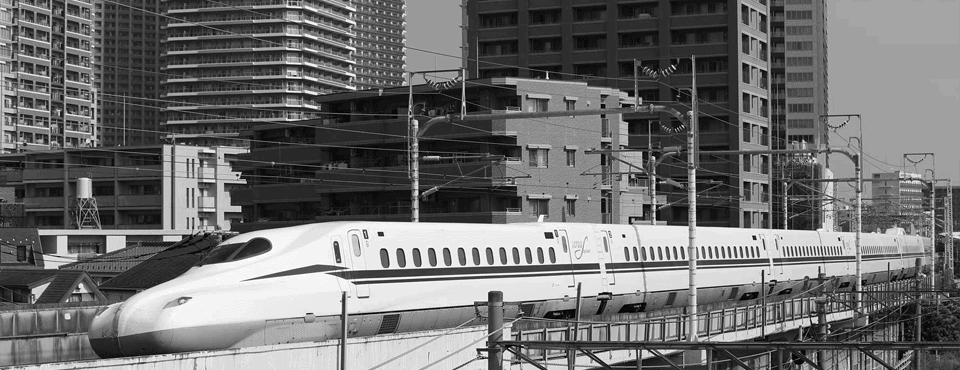
How does high-speed rail change the spatial distribution of economic activity?
The economic and social consequences of investments in transport infrastructure generate heated academic and policy debates because they typically involve costly investments that are supposed to yield high payoffs. Particularly telling examples of large transport infrastructure investments are investments in high-speed rail. A recent paper by Hayakawa et al. (2021) shows that the Shinkansen has had a substantial effect on Japan’s spatial distribution of employment. The relative position of municipalities within the network and their underlying location fundamentals are essential in understanding why the effects of an extensive infrastructure are positive or negative at the local level.
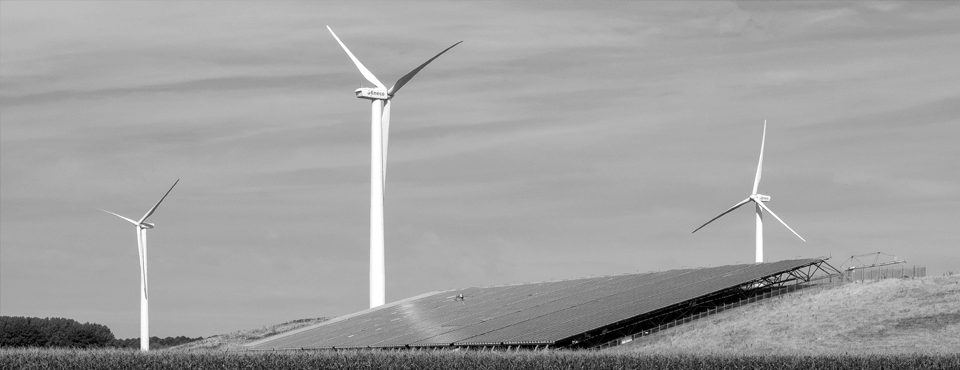
Tall(er) wind turbines lead to lower residential property values
Residential property values are negatively impacted when properties are in close proximity of a wind turbine. Compared to houses further away from wind turbines, house prices of properties within a 2 km radius from wind turbines decrease by on average 3.9 percent. These are the findings of a research carried out by Spatial Economics’ associate professor Hans Koster, together with Martijn Dröes (University of Amsterdam). Koster: “We observe that the effects are somewhat stronger as compared to a study carried out a few years ago. We do not see any major changes in the perception of wind turbines – but wind turbines have become substantially taller in the last years. This explains why the effect is now stronger.”
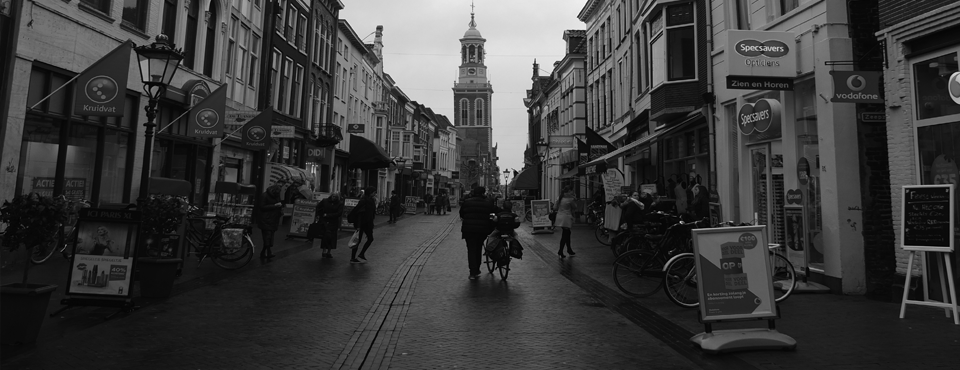
Shopping externalities: How shops benefit from each other without knowing
Repost from spatialeconomics.nl Why do shops cluster in shopping streets? This was the main question that Hans Koster, Ilias Pasidis and Jos van Ommeren addressed in their paper ‘Shopping externalities and retail concentration: Evidence from Dutch shopping streets’, forthcoming in the Journal of Urban Economics. The authors argue that shops located in shopping streets benefit…

Short-term rentals and the housing market: The effects of Airbnb
This is an edited re-post of a blog published at the Birmingham Business School website. Short-term rental (STR) platforms, such as Airbnb, have grown spectacularly in recent years. Since its launch in 2007, Airbnb has grown into a multibillion dollar business, now offering more than 4.5 million listings in over 190 countries worldwide. Airbnb allows individuals to list their spare…
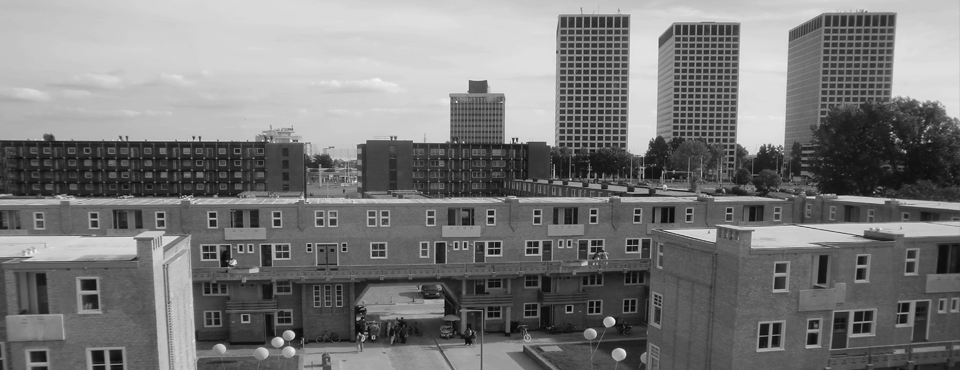
Urban revitalisation programmes may be effective
In recent research together with Jos van Ommeren we show that the Krachtwijken programme – a large urban revitalisation programme – does have positive effects. Compared to similar neighbourhoods, housing prices have increased and selling times are shorter. The programme’s benefits to homeowners are sizeable and at least half of the value of investments in public housing.
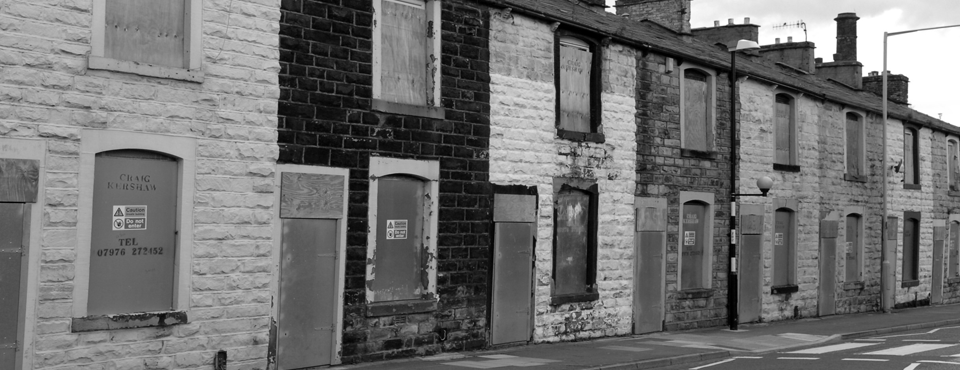
Empty homes, longer commutes: Effects of more restrictive local planning
Attempting to regulate housing vacancies away by allocating less land or being more restrictive with respect to new building or adaptation of existing structures, in fact increases the proportion of local homes that are empty as well making people who work in the area commute further. The absolute opposite of what the advocates of the policy want to achieve.

The Billion Pound Drop: Did the Blitz enhance London’s economy?
By Gerard Dericks and Hans Koster The Blitz lasted from September 1940 to May 1941, during which the Luftwaffe dropped 18,291 tons of high explosives and countless incendiaries across Greater London. Although these attacks have now largely faded from living memory, our recent paper ”The Billion Pound Drop” shows that the impact of the Blitz…
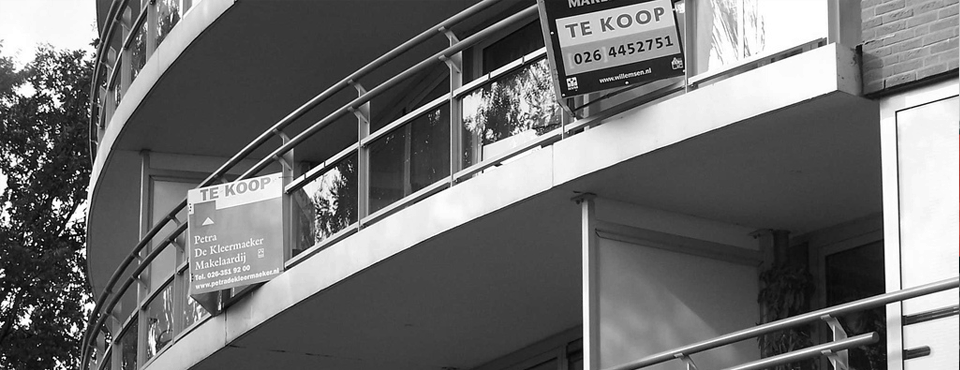
Why are homes sold above the asking price?
In 2016, more than half of the homes offered for sale in Amsterdam were sold above the asking price. This percentage was also high in other Dutch cities. But why would one pay more than the asking price? When the number of bidders is high, and there is uncertainty about the quality of the property, economic theory predicts that the highest bidder always pays too much: the so-called “winners curse”. It is shown that homes sold above the asking price had a lower initial asking price, a shorter selling time and a 3.5% higher selling price.
